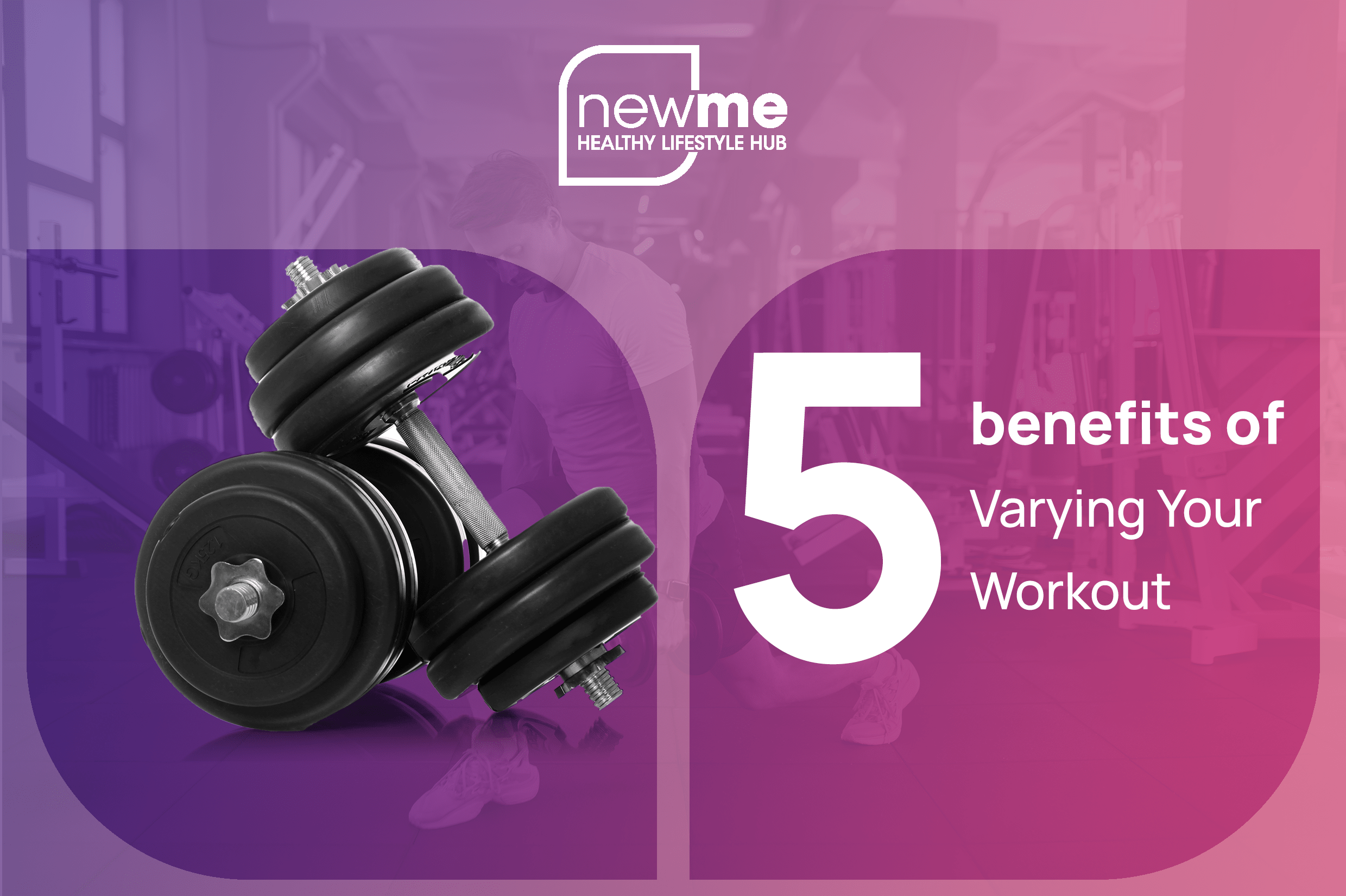
Do You Need to Warm Up Before Exercise? Starting a workout without warming up is like trying to drive a car on a cold winter morning without letting the engine run. It might start, but it won’t be performing at its best, and the risk of something going wrong is much higher. Warming up is essential for anyone engaged in physical activity, as it prepares the body and mind for optimal performance. In this article, we’ll explore why warming up is crucial, its benefits, the types of warm-ups, and how to make the most of your pre-exercise routine.

1. What Is a Warm-Up?
A warm-up is a pre-exercise activity that involves low-intensity movements and dynamic stretches to prepare the body for more vigorous activity. Its primary goal is to elevate your heart rate, increase blood flow to your muscles, and mentally ready yourself for exercise. There are two main types of warm-ups: general and specific. General warm-ups typically involve full-body, low-intensity exercises that increase heart rate, such as jogging or jumping jacks. Specific warm-ups, on the other hand, involve exercises and movements closely related to the workout or sport to follow, preparing specific muscle groups and joints.
2. Why Warming Up Is Crucial Before Exercise
Skipping a warm-up can leave your muscles cold and unprepared for the demands of exercise, increasing the risk of injuries such as strains or sprains. A proper warm-up activates both your body and mind, transitioning you from a resting state to a ready state. Warming up primes your muscles, increases the heart rate gradually, and readies your nervous system, enhancing coordination and movement efficiency for the workout ahead.
3. Benefits of Warming Up
3.1 Enhanced Blood Flow and Oxygenation
A warm-up routine promotes blood circulation, delivering more oxygen to muscles. Increased oxygenation not only fuels the muscles but also prepares them for sustained performance. When muscles receive adequate oxygen, they can work harder and for longer, improving endurance and reducing early fatigue during workouts.
3.2 Improved Muscle Flexibility and Range of Motion
Warming up enhances muscle elasticity and range of motion, which are critical for effective and efficient movement. Better flexibility helps prevent injuries and ensures that joints move smoothly and comfortably. For example, a runner with warmed-up muscles is less likely to experience knee or hamstring issues mid-run, as the warm-up has primed these muscles for activity.
3.3 Better Nervous System Activation
The nervous system controls muscle movement, balance, and coordination. A good warm-up activates the nervous system, improving reaction times, balance, and mental focus. This is especially beneficial for complex movements or sports where precision and speed are key, as it helps prevent mishaps and enhances overall performance.
3.4 Reduced Muscle Stiffness and Soreness
Loosening up muscles through warm-ups minimizes the likelihood of post-exercise stiffness and soreness. When muscles are cold and stiff, they are more prone to injury and strain. However, a proper warm-up gradually increases muscle temperature, enhancing elasticity and reducing discomfort both during and after the workout.
4. Types of Warm-Ups
4.1 General Warm-Ups
General warm-ups involve low-intensity cardio exercises that engage the whole body. Activities like jogging, jumping jacks, or brisk walking elevate the heart rate and warm up major muscle groups. This type of warm-up is suitable for nearly all exercise routines and prepares the body for more specific, targeted movements.
4.2 Dynamic Warm-Ups
Dynamic warm-ups use active stretches and mobility exercises to prepare muscles and joints for the range of movements they’ll encounter. Exercises such as leg swings, high knees, or arm circles are ideal for getting muscles loose without the risk of overstretching, making them perfect for high-intensity sports or strength training.
4.3 Sport-Specific Warm-Ups
For athletes or individuals engaging in specific sports, a sport-specific warm-up is invaluable. These warm-ups mimic the movements of the activity, activating the exact muscle groups used in the sport. For instance, a tennis player might practice swings, while a soccer player might do lateral movements and leg drills to prepare the body and mind for the unique demands of their sport.

5. Warm-Up Techniques for Different Types of Exercise
5.1 Strength Training Warm-Ups
In strength training, a warm-up focuses on joint mobility and light sets of the exercise you plan to perform. For example, performing light reps with a lower weight before heavy lifting prepares muscles for exertion while also refining form and activating target muscle groups.

5.2 Cardio Workouts Warm-Ups
Warm-ups for cardio exercises involve gradually elevating the heart rate. For runners, this might include a brisk walk or light jog before running, while cyclists may start with a low-resistance ride. These gradual increases prepare the body for extended cardiovascular activity, reducing the risk of an early burnout.
5.3 Flexibility and Mobility Warm-Ups
For flexibility-focused sessions like yoga or pilates, warm-ups typically involve light stretching and joint mobilization. These warm-ups prepare muscles for the deep stretches involved in flexibility exercises, ensuring they are adequately warmed and ready for lengthening.
6. Common Mistakes in Warm-Ups
Despite the benefits, warm-ups are sometimes overlooked or rushed. Common mistakes include:
- Skipping the Warm-Up: Going straight into intense exercise without warming up can shock the muscles, increasing the risk of injury.
- Rushing the Warm-Up: Not giving enough time to properly warm up can leave muscles unprepared.
- Using Static Stretching: Static stretching, which involves holding stretches for extended periods, should be avoided before intense activities, as it can reduce muscle power and increase injury risk. Instead, focus on dynamic movements that promote fluidity and readiness.
7. Tips for an Effective Warm-Up Routine
To get the most out of your warm-up, consider the following:
- Duration and Intensity: Aim for a warm-up lasting between 5 to 10 minutes, increasing heart rate gradually. For higher-intensity activities, extend your warm-up time.
- Tailor to Your Workout: Adjust warm-up movements to match the type of exercise you’ll be doing, focusing on relevant muscles and joints.
- Listen to Your Body: Pay attention to how your body feels. If you’re still feeling stiff or tight, add a few more minutes of warm-up.
8. How Warming Up Affects Workout Performance
An effective warm-up not only primes the body physically but also boosts mental readiness. Taking time to prepare mentally helps focus on form, breathing, and coordination, which are essential for any successful workout. Warmed-up muscles are more elastic and responsive, allowing for smoother, stronger movements, which in turn improve workout results.
Conclusion
Warming up is an essential, yet often overlooked, part of any effective exercise routine. From preventing injuries to enhancing performance, the benefits of a proper warm-up are vast. By dedicating a few minutes to targeted, gradual movements before each workout, you set yourself up for safer, more productive exercise sessions. Whether you’re lifting weights, going for a run, or practicing yoga, remember that a quality warm-up is a small investment with substantial returns for your health and fitness.
FAQs
- How long should a warm-up last?
Ideally, a warm-up should last between 5 and 10 minutes, depending on the intensity of the exercise to follow. - Are warm-ups necessary for low-intensity exercises?
While low-intensity exercises may not require extensive warm-ups, some gentle movements or stretching can still help ease the body into activity. - Can I replace warm-ups with stretching?
Stretching can complement a warm-up, but dynamic, movement-based warm-ups are more effective for preparing the body for most types of exercise. - What is the difference between warm-ups and cool-downs?
Warm-ups prepare the body for activity, while cool-downs help the body return to a resting state, aiding in recovery. - How can I tell if my warm-up is effective?
An effective warm-up leaves you feeling energized, slightly elevated in heart rate, and ready for more intense activity.






